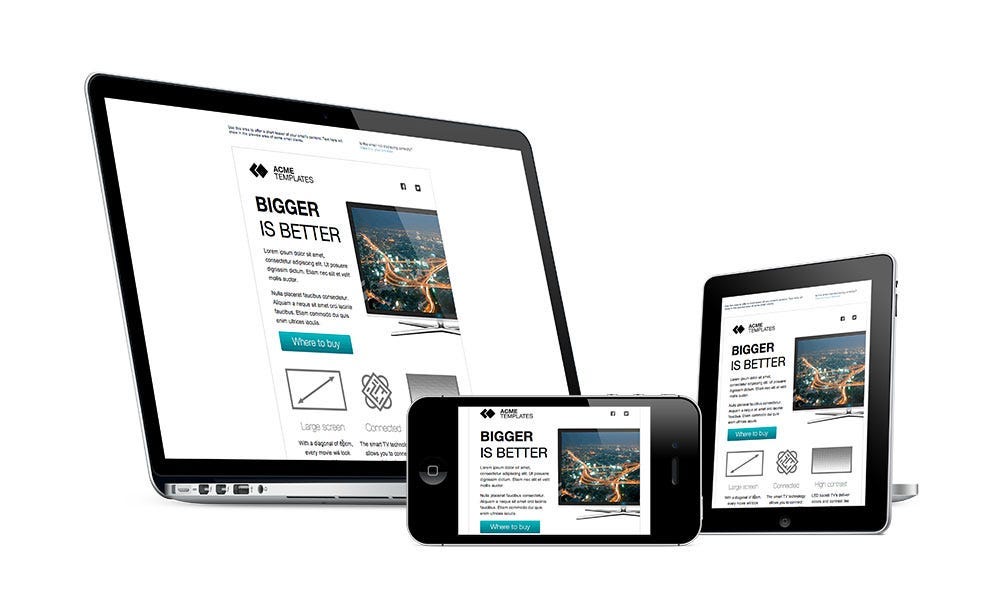Ensuring Cross-Platform Compatibility: React Native
Welcome to the world of React Native, where mobile app development meets efficiency and versatility! Creating apps that seamlessly run across multiple platforms is essential in today’s fast-paced digital landscape. As developers strive to reach a wider audience while minimizing time and resources, React Native emerges as a game-changer. Let’s dive into cross-platform compatibility and explore how Quality Assurance (QA) ensures that your React Native apps deliver a stellar user experience on every device.
Understanding Cross-Platform Compatibility
When it comes to mobile app development, ensuring cross-platform compatibility is crucial. This means your app can run smoothly on various operating systems like iOS and Android without compromising user experience.
React Native offers a solution that allows developers to write code once and deploy it across different platforms. This saves time and resources compared to developing separate apps for each platform.
Cross-platform compatibility involves adapting the app’s design, features, and functionality to ensure seamless device performance. By testing the app thoroughly on different platforms, developers can identify and fix any inconsistencies or bugs that may arise.
Understanding the nuances of each platform is essential to maintaining a consistent user experience. It requires attention to detail and thorough testing to deliver a seamless app that works well across all devices.
In today’s competitive market, prioritizing cross-platform compatibility is critical to reaching a wider audience and providing users with a unified experience regardless of their device preference.
Importance of Quality Assurance in React Native Development
Quality Assurance (QA) plays a crucial role in React Native development by ensuring the app functions as intended across various platforms. It involves rigorous testing to identify and fix any bugs or issues before release, ultimately enhancing the user experience.
By conducting thorough QA testing, developers can detect compatibility issues early on and make necessary adjustments to guarantee seamless performance on iOS and Android devices. This proactive approach helps prevent negative reviews, refunds, or uninstallations due to functionality glitches.
Implementing QA processes from the initial stages of development saves time and resources in the long run. It establishes a solid foundation for building reliable apps that meet user expectations and industry standards.
Incorporating QA into React Native projects boosts app quality and instils user confidence, leading to higher user retention rates. Prioritizing QA ensures your app remains competitive in today’s dynamic market landscape.
Critical Components of React Native QA
When it comes to ensuring the quality of your React Native app development, key QA components play a crucial role in the development process. One important aspect is functional testing, where testers validate whether each function works as intended across different platforms. Another component is compatibility testing, which ensures that the app functions seamlessly on various devices and operating systems.
Performance testing is also essential in QA for React Native apps to guarantee optimal speed and efficiency. Security testing helps identify vulnerabilities and strengthen the app’s defences against threats. Usability testing focuses on enhancing user experience by evaluating how intuitive and easy-to-use the app is for its target audience.
Moreover, regression testing ensures that new updates or changes do not negatively impact existing features or functionalities. By incorporating these key components into your QA strategy, you can enhance the overall quality and reliability of your React Native app.
Best Practices for Testing React Native Apps
When it comes to testing React Native apps, there are a few best practices that can ensure the smooth functioning of your app across different platforms. Conducting thorough unit testing to check individual components and functions for any bugs or errors is essential.
Additionally, integration testing should be performed to evaluate how different app parts work together. This helps identify any issues that may arise when various features interact.
Another crucial practice is end-to-end testing, which simulates real user scenarios to ensure the app performs as expected in a live environment. By mimicking user behaviour, you can uncover potential usability and performance issues early in development.
Moreover, implementing automated testing tools can streamline the testing process and help catch bugs more efficiently. Continuous integration and deployment practices also play a significant role in maintaining code quality throughout the development lifecycle.
Tools and Resources for React Native QA
Having the right tools and resources for QA is essential when it comes to ensuring the quality of your React Native apps. One popular tool in the React Native community is Jest, a delightful JavaScript testing framework that provides a simple and intuitive way to test code. With its built-in support for snapshot testing, mocks, and spies, Jest makes testing React components a breeze.
Another valuable resource for React Native QA is Detox, an end-to-end testing library that allows you to simulate user interactions on both iOS and Android platforms. By automating UI tests with Detox, you can catch bugs early in the development process and ensure a seamless user experience across different devices.
Additionally, tools like Appium provide cross-platform mobile app automation testing capabilities by leveraging WebDriver protocol. This open-source tool supports multiple programming languages and allows you to write tests using your preferred language.
By utilizing these tools and resources effectively in your React Native QA process, you can streamline testing efforts and deliver high-quality apps that work flawlessly on various platforms.
Conclusion
Ensuring cross-platform compatibility in app development is crucial for reaching a wider audience and providing a seamless user experience. React Native offers an efficient way to develop apps for multiple platforms without compromising performance or quality. By implementing robust Quality Assurance practices specific to React Native, developers can identify and resolve issues early in the development process, saving time and resources in the long run.
Remember, prioritizing cross-platform compatibility from the outset of your project will enhance user satisfaction and streamline your development workflow. With the right tools, testing strategies, and attention to detail, you can ensure that your React Native app delivers consistent functionality across different devices and operating systems. Embrace these QA essentials to create high-quality apps that resonate with users on any platform.

















